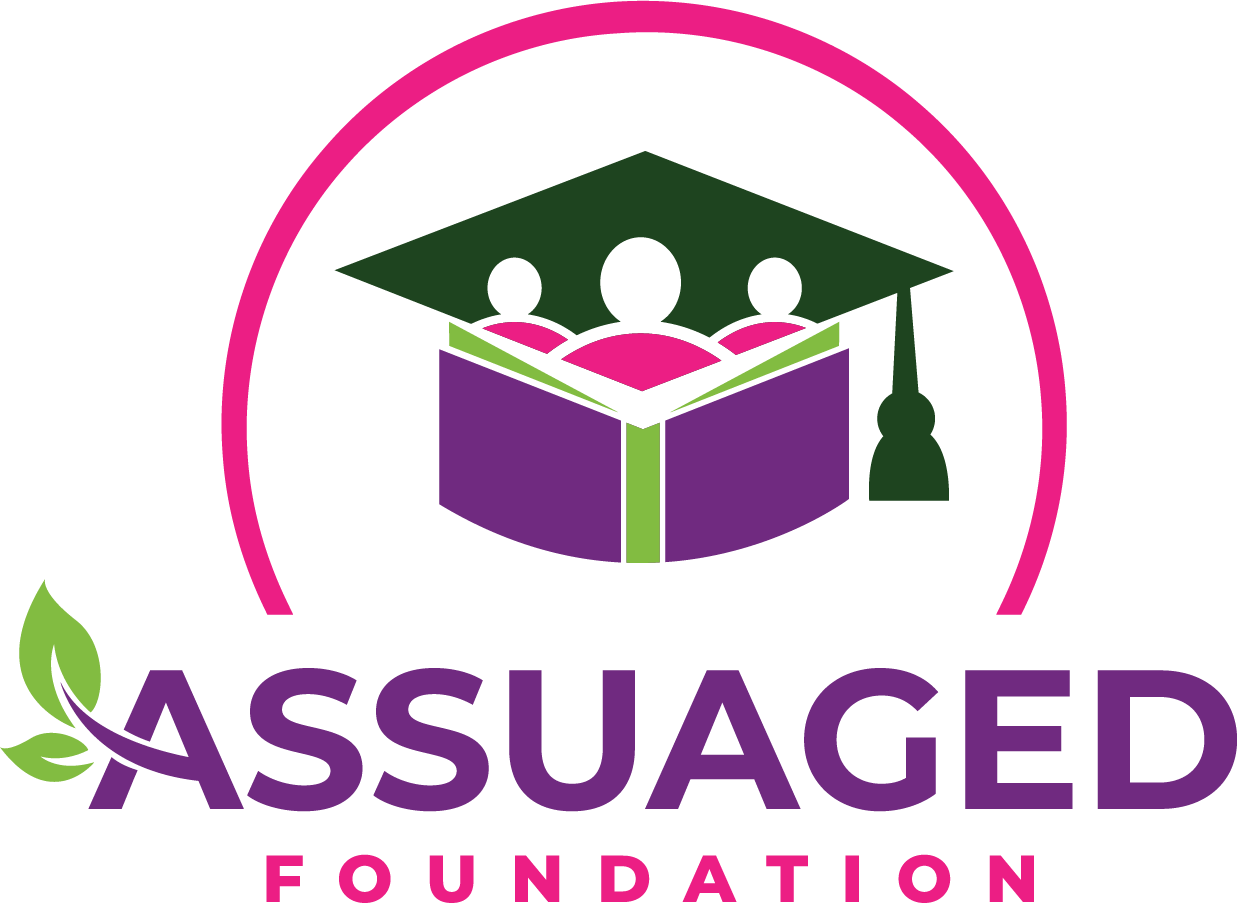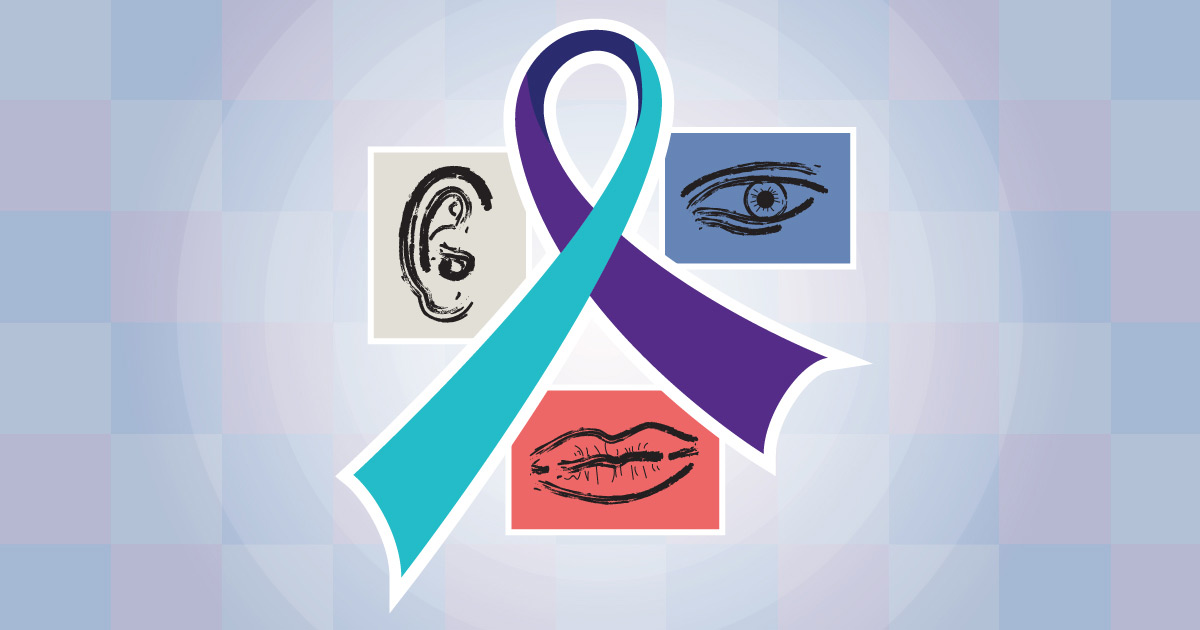In today's world, the topic of suicide is often met with discomfort and silence. However, it's a critical issue that demands open discussion and understanding. This blog aims to shed light on suicide prevention by exploring various aspects, from recognizing warning signs to offering support to those in need.
Meet Sarah, a fictional character who has been struggling with depression for years. Recently, she's been feeling increasingly isolated and hopeless, unable to find joy in activities she once loved. Sarah has been contemplating suicide but hasn't reached out for help due to fear of judgment or not knowing where to turn.
In this example, we'll delve into Sarah's story to understand the warning signs of suicidal ideation and explore the steps that can be taken to intervene and offer support.
Warning Signs:[1]
Withdrawal: Sarah has been withdrawing from social activities and isolating herself from friends and family.
Hopelessness: She expresses feelings of hopelessness and talks about life being meaningless.
Increased Substance Use: Sarah has been drinking more frequently as a way to cope with her emotions.
Changes in Behavior: She's experiencing changes in sleep patterns and appetite, often sleeping excessively or not at all and either overeating or not eating enough.
Giving Away Possessions: Sarah has started giving away her possessions and making final arrangements, indicating a sense of finality.

Intervention:[2]
Open Communication: It's important to approach Sarah with empathy and understanding, letting her know that she's not alone and that help is available.
Professional Help: Encourage Sarah to seek professional help from a therapist or counselor specializing in mental health.
Support Networks: Connect Sarah with support groups or hotlines where she can talk to others who have experienced similar struggles.
Safety Plan: Develop a safety plan with Sarah, identifying coping strategies and people she can reach out to in moments of crisis.
Remove Access to Means: If possible, remove any access Sarah has to means of self-harm, such as medications or firearms.

By understanding the warning signs of suicidal ideation and knowing how to intervene effectively, we can support individuals like Sarah and help prevent tragic outcomes. It's crucial to break the stigma surrounding suicide and create a culture of openness and support where those in need feel comfortable reaching out for help. Remember, suicide is preventable, and every life is worth saving.
.png?width=1200&height=630&name=natural-disaster-suicide-rates%20(1).png)
"Suicide Prevention: Recognize, Reach Out, Save Lives"
Warning Signs:
• Withdrawal from social activities.
• Expressing feelings of hopelessness.
• Increased substance use.
• Changes in sleep and appetite.
• Giving away possessions.
Intervention Steps:
• Approach with empathy.
• Encourage professional help.
• Connect with support networks.
• Develop a safety plan.
• Remove access to means.
Remember:
• Suicide is preventable.
• Every life is worth saving.
Support Resources:
• National Suicide Prevention Lifeline:
1-800-273-TALK (8255)
•Crisis Text Line:
Text "HELLO" to 741741
Local mental health services and hotlines.
Spread Awareness:
• Share this information.
• Break the stigma.
• Save lives together.








.jpg)






